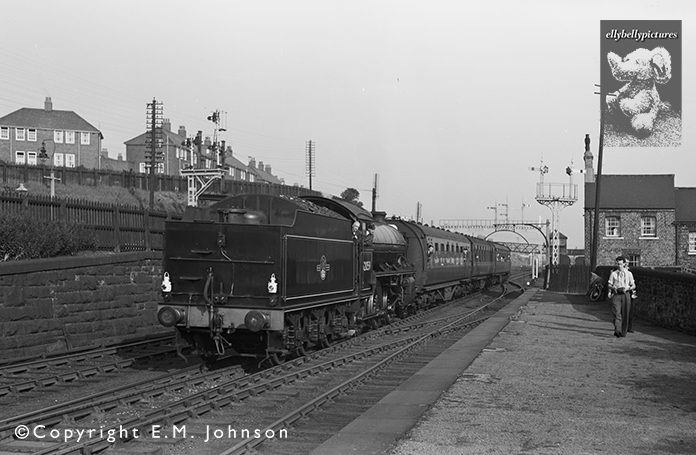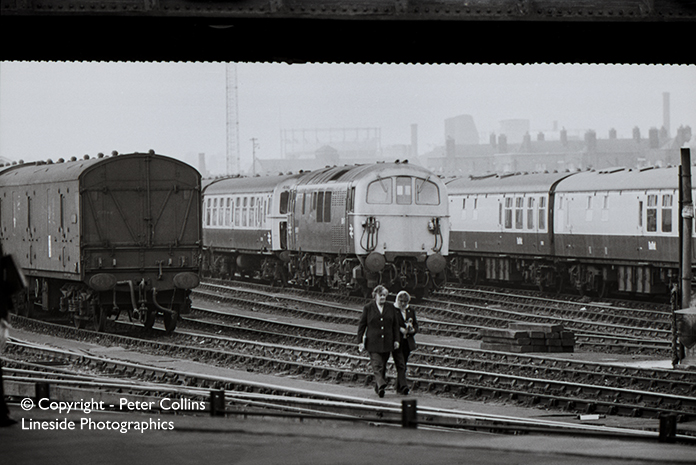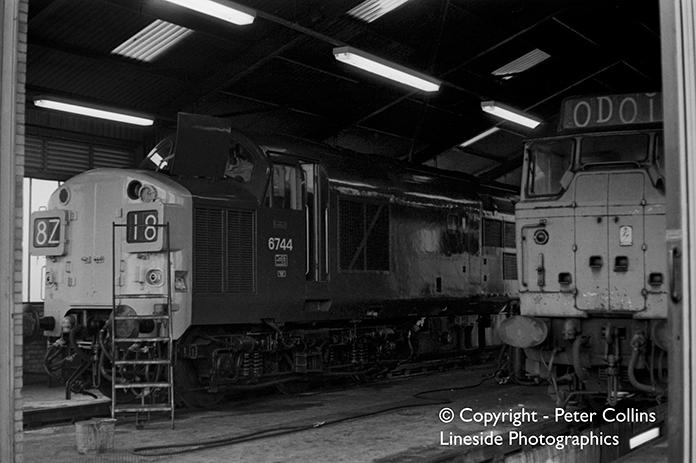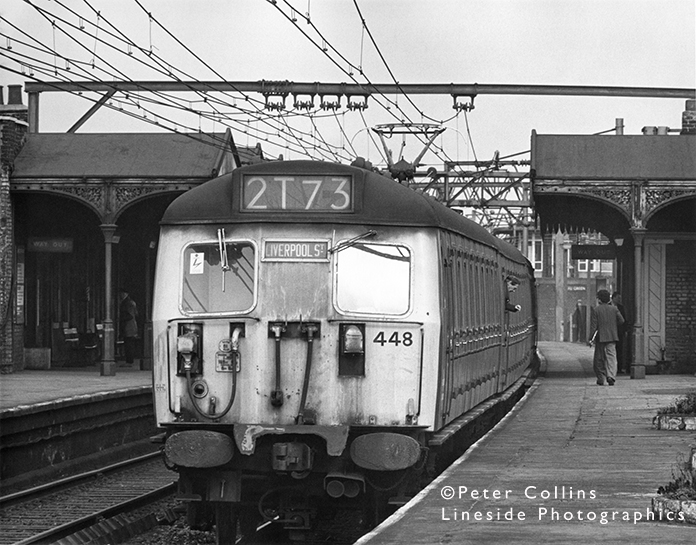Glamour photography will be coming soon to ellyBelly Publications. We are always looking to offer our customers something a little bit different! As part of our transition to ellyBelly Publications we will bring Glamour photography with the backdrop of aviation, railways or industry. Be assured that images will be ‘tasteful’….
The images will sit alongside our new Vintage Collections (see an upcoming post), which will resurrect bygone times in many areas of life, not just our usual transport settings. Our first collections will be chosen from the portfolio of John Stiles.
Why Glamour?
Historically we have always presented photographs of things, not people, yet human interest can often add something to an image which lifts it above the ordinary. The juxtaposition created by capturing Glamour within an industrial background is often used to reveal a hidden underground of rebellion or joy of life. And, of course, sex!
During World War 2, USAAF air crews often adorned the noses of their aircraft with pictures of naked girls. They were seen in a variety of suggestive poses along with suggestive phrases. In that instance, the glamourous woman they probably touched before they climbed aboard the aircraft was a memory that, even for a fleeting moment, took their thoughts to a warm place. Better that, then think for too long about the horror that awaited them in the skies above Germany.
Of course, bygone times were often regarded as ‘glamourous’. The 1960s revolutionised what people wore on a daily basis. Where previously glamour was often hidden away, the 1960s stripped away austerity and shyness. In 2021, people seem to have no inhibitions. Anything goes and not much is left to the imagination. So, we now live in an era where glamour is hidden away again! Subsequently, Glamour has been replaced by the brutality of the bare truth.
ellyBelly says, bring back Glamour!








